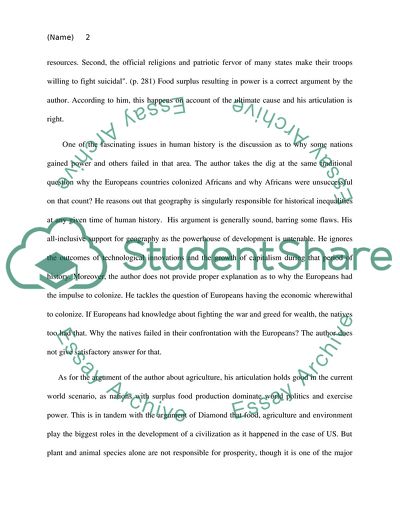Cite this document
(Guns, Germs and Steel by Jared M. Diamond Book Report/Review, n.d.)
Guns, Germs and Steel by Jared M. Diamond Book Report/Review. Retrieved from https://studentshare.org/social-science/1823117-book-review-paper
Guns, Germs and Steel by Jared M. Diamond Book Report/Review. Retrieved from https://studentshare.org/social-science/1823117-book-review-paper
(Guns, Germs and Steel by Jared M. Diamond Book Report/Review)
Guns, Germs and Steel by Jared M. Diamond Book Report/Review. https://studentshare.org/social-science/1823117-book-review-paper.
Guns, Germs and Steel by Jared M. Diamond Book Report/Review. https://studentshare.org/social-science/1823117-book-review-paper.
“Guns, Germs and Steel by Jared M. Diamond Book Report/Review”, n.d. https://studentshare.org/social-science/1823117-book-review-paper.


